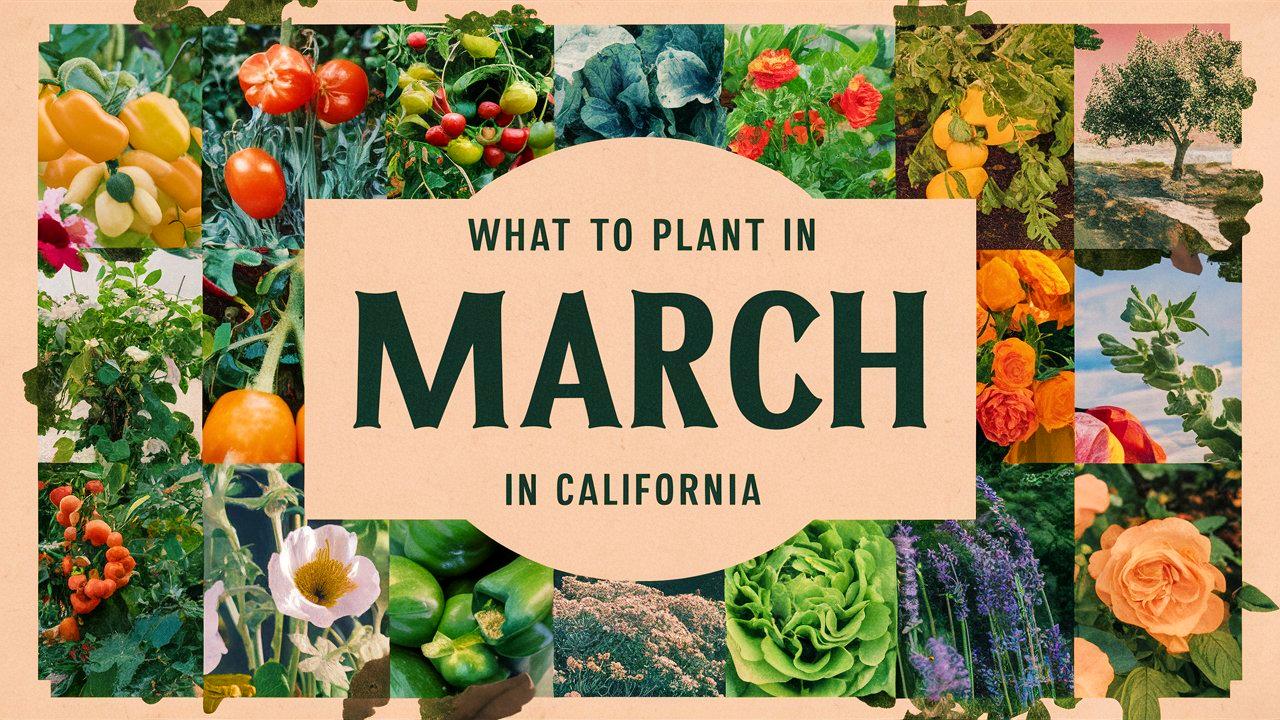March is an exciting time for gardeners in California as it marks the transition from winter to spring. The moderate temperatures and increasing daylight hours create an ideal condition for planting a variety of vegetables, herbs, flowers, and landscape plants. California has a diverse climate, so understanding the right plants for your specific USDA zone is critical.
This guide will detail what to plant in March across various categories, helping you to make informed decisions as you prepare your garden for a bountiful spring and summer.
Vegetables To Plant
March is an excellent time to sow seeds and transplant vegetable seedlings, especially as the risk of frost decreases. Depending on the specific climate zone in California, certain vegetables thrive best in this month. Here are ten vegetables that you can grow successfully in March.
Tomatoes
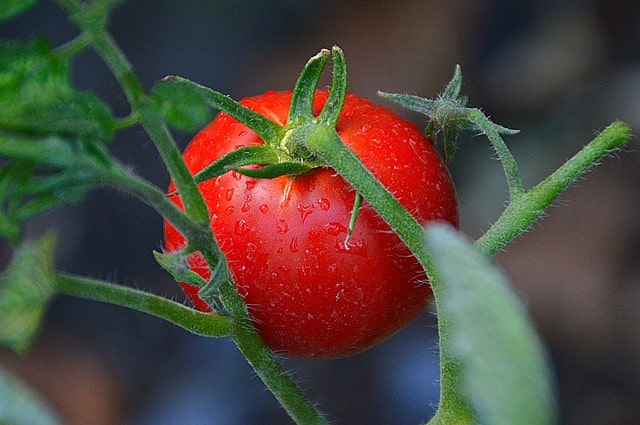
Tomatoes are a California staple, favored for their versatility and high yield. Depending on the variety, tomatoes prefer temperatures between 70°F to 85°F during the day and can tolerate temperatures as low as 50°F at night. In USDA zones 8 to 10, you can start sowing seeds indoors as early as February, moving them outside in March after the last frost. Indeterminate varieties, such as ‘Sweet 100’ or ‘Brandywine,’ provide continuous harvests throughout the summer.
Peppers
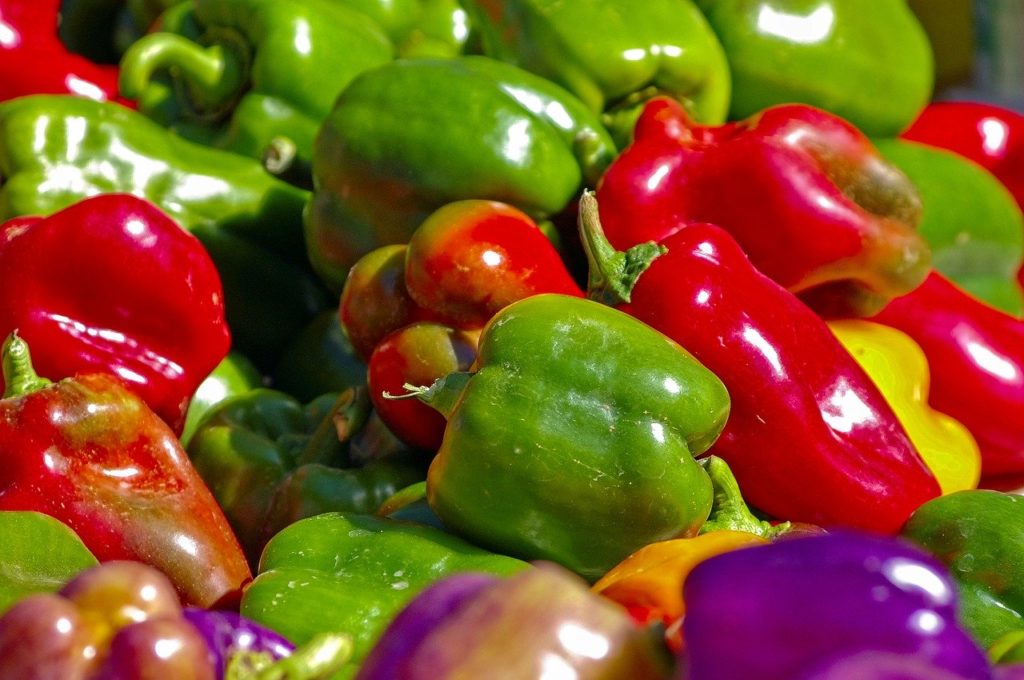
Peppers come in various heat levels, from sweet bell peppers to fiery jalapeños. Most peppers thrive at temperatures between 70°F to 90°F and need approximately 8 to 10 weeks before the last frost to mature. In USDA zones 9-10, sow pepper seeds indoors in early March to get a head start, or transplant seedlings outdoors by the end of the month. Ensure they receive full sunlight and well-drained soil for optimal growth.
Carrots
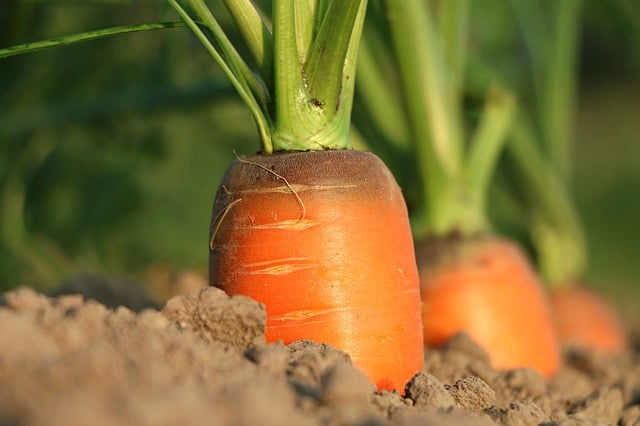
Carrots are a cool-season vegetable that can be sown directly into the ground in March. They prefer a soil temperature of around 55°F to 75°F. USDA zones 5 to 10 are suitable for planting carrots this time of year. Choose well-drained, loose soil to allow the roots to grow without obstruction. Varieties such as ‘Nantes’ reach maturity within 70 days and produce sweet, crunchy roots.
Lettuce
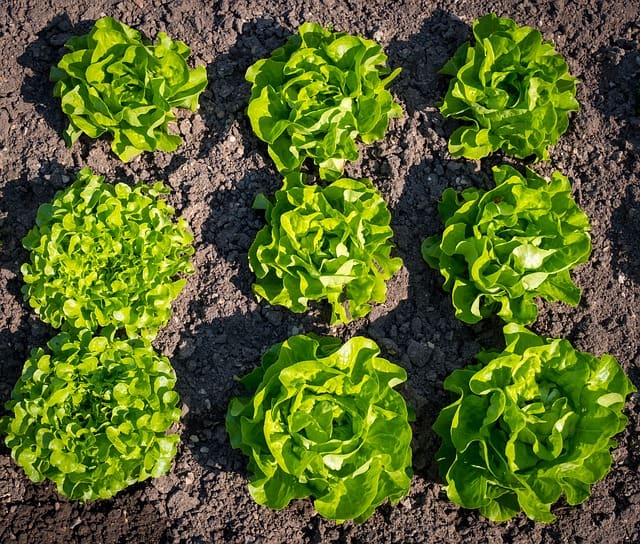
Lettuce is another excellent option for early spring planting. It prefers cooler temperatures, ideally between 60°F to 70°F, making March a perfect time to sow seeds or transplant seedlings. In USDA zones 8 to 10, successively planting varieties—like ‘Buttercrunch’ or ‘Romaine’—every couple of weeks extends your harvest through the season. Lettuce grows best in rich, moist soil with plenty of organic matter.
Radishes
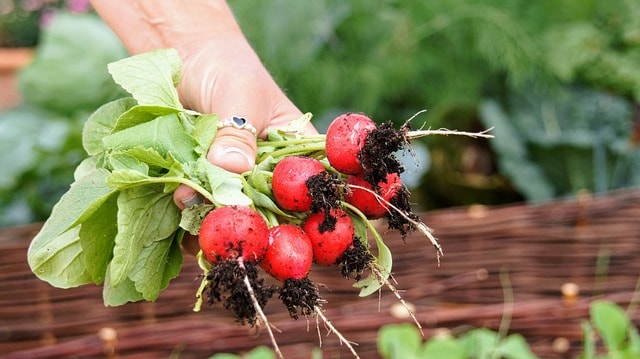
Radishes are one of the fastest-growing crops, reaching harvest in as little as 30 days. They flourish in cool weather, thriving at temperatures around 55°F to 75°F. Plant radish seeds in well-drained soil in full sun; March is an ideal time in USDA zones 5 through 10. Varieties like ‘Cherry Belle’ grow quickly and provide a spicy crunch, adding zest to your spring salads.
Spinach
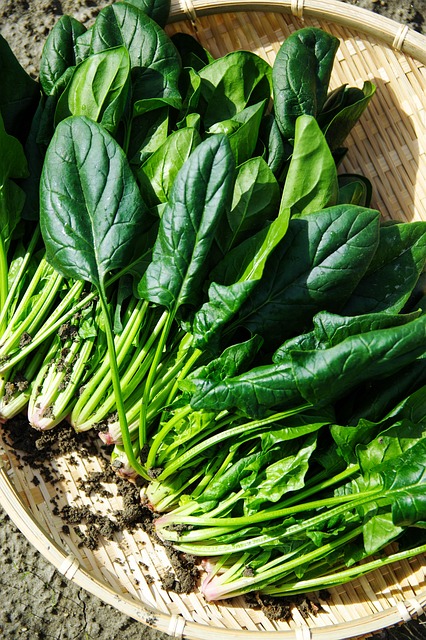
Spinach loves the cooler weather of early spring and can be sown in March. With a temperature preference of 50°F to 60°F, it flourishes in USDA zones 5 to 9. Spinach seeds can be directly sown in your garden. Notable varieties to plant include ‘Bloomsdale’ and ‘Giant Noble’. Spinach has a short growing season, making it a rewarding crop for early spring.
Beets
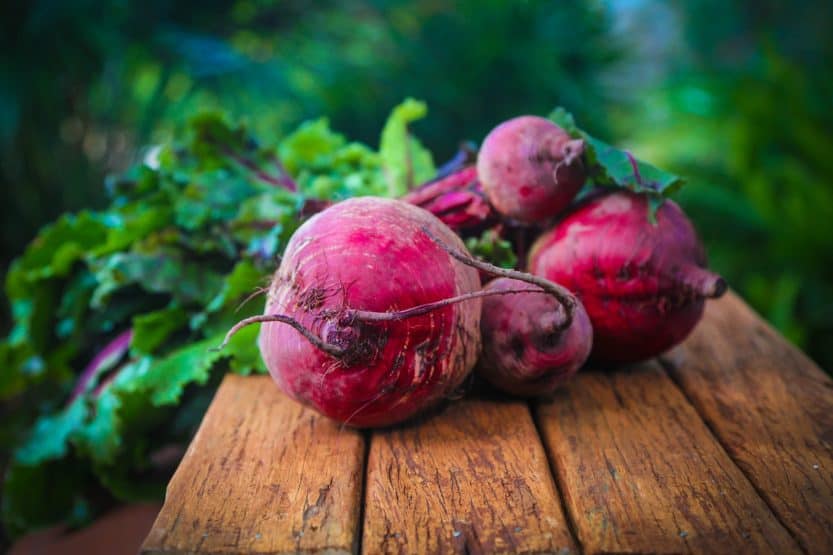
Beets adapt well to a range of soils, making them versatile and resilient. They thrive in slightly cooler temperatures of about 60°F to 75°F. In USDA zones 5-10, March is a suitable month for direct sowing beet seeds. Varieties like ‘Detroit Dark Red’ and ‘Chioggia’ are popular choices, known for their sweet flavor and colorful roots.
Cucumbers
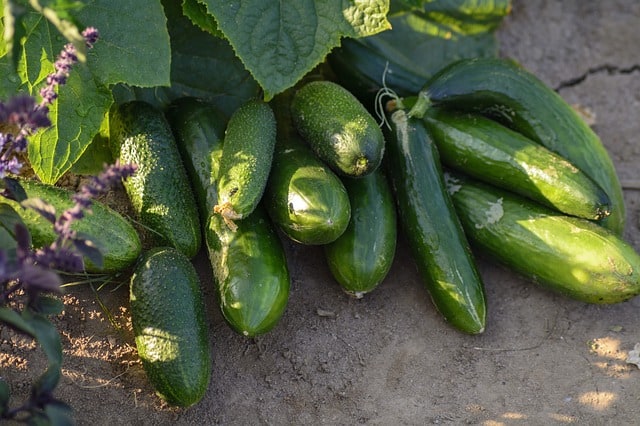
Cucumbers require warmer temperatures to germinate, so it’s essential to ensure that nighttime temperatures are consistently above 50°F. In USDA zones 9 to 10, you can sow seeds or transplant seedlings at the end of March. Varieties such as ‘Marketmore 76’ or ‘Boston Pickling’ thrive in these conditions, providing bountiful harvests by summer.
Green Beans
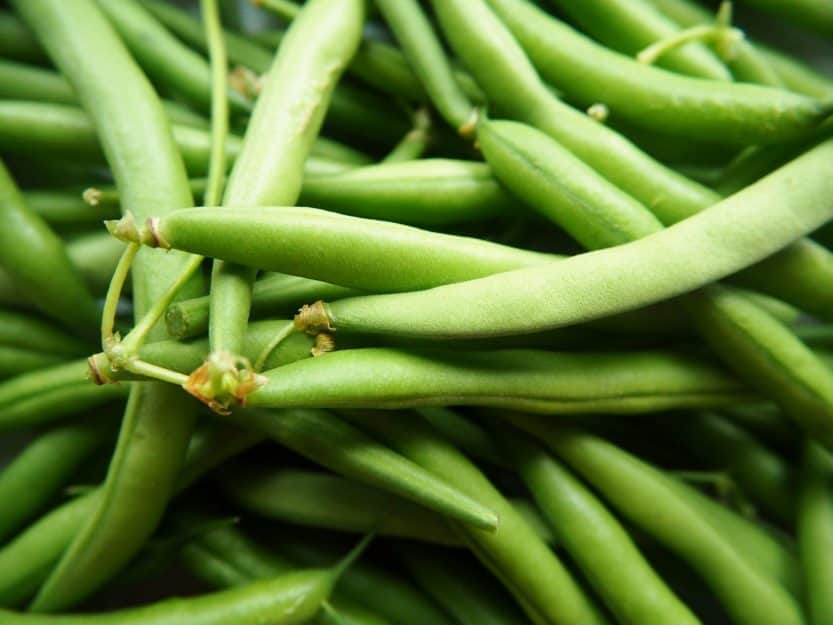
Green beans are another crop that thrives in warmer conditions, preferring soil temperatures around 70°F to 90°F. In USDA zones 9 and 10, it’s safe to start planting green beans directly in the garden in March. Varieties like ‘Blue Lake’ and ‘Kentucky Wonder’ grow rapidly and can provide a generous yield throughout the summer months.
Cauliflower
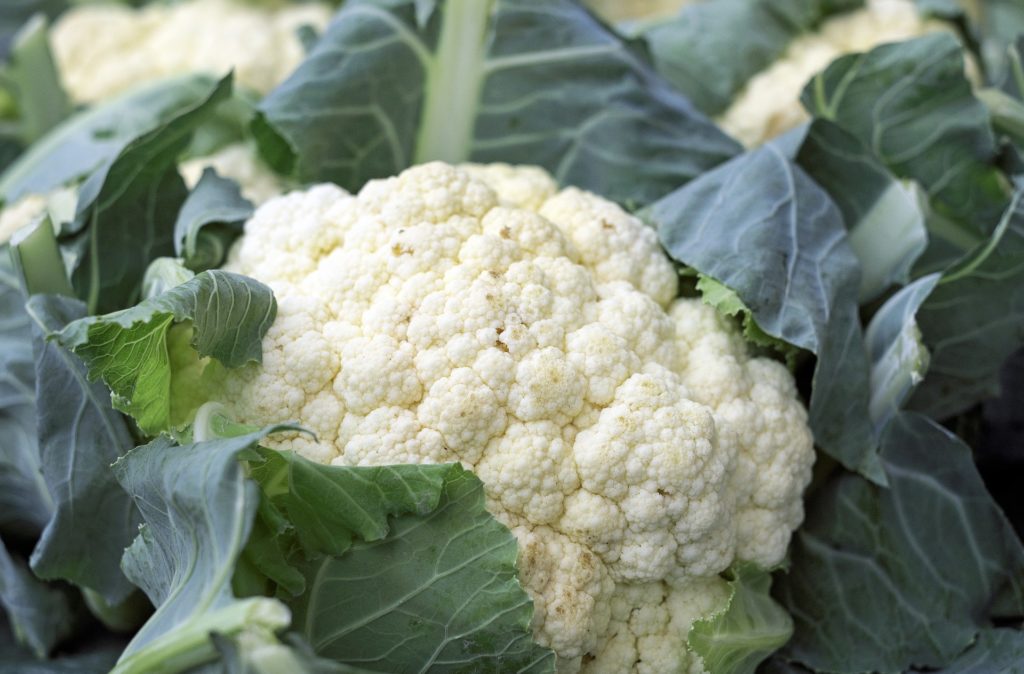
Cauliflower is a cool-weather crop that can be planted in March, especially in areas of California that experience milder climates. It prefers temperatures around 60°F to 70°F. In USDA zones 8 to 10, you can direct sow cauliflower seeds or transplant seedlings in late March. Look for varieties like ‘Snowball’ which have a shorter maturity time, yielding delicious, white heads.
Flowers To Plant
March is also a delightful month to think about flowers, as spring blooms begin to emerge. Planting flowers not only adds beauty to your garden but attracts beneficial pollinators as well. Below are ten types of flowers that flourish when planted in March across various regions of California.
Marigolds
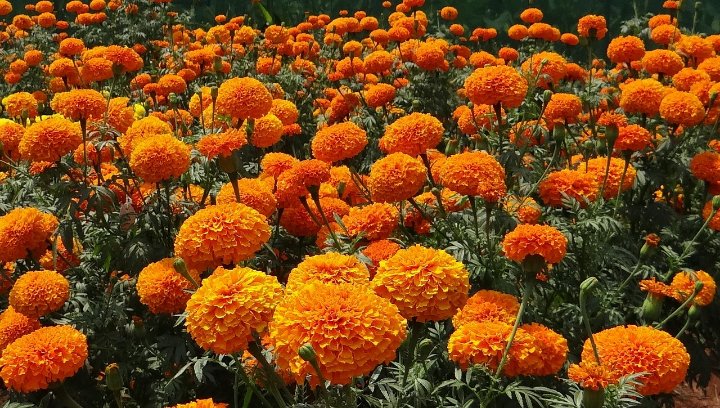
Known for their cheerful colors and pest-repellent properties, marigolds are a favorite in California gardens. They thrive in sunny spots with well-drained soil and prefer temperatures between 70°F and 75°F. Marigold seeds can be sown indoors in February or directly outdoors in March in USDA zones 9 to 10. Varieties such as ‘African Marigold’ provide vibrant blooms all summer long.
Cosmos
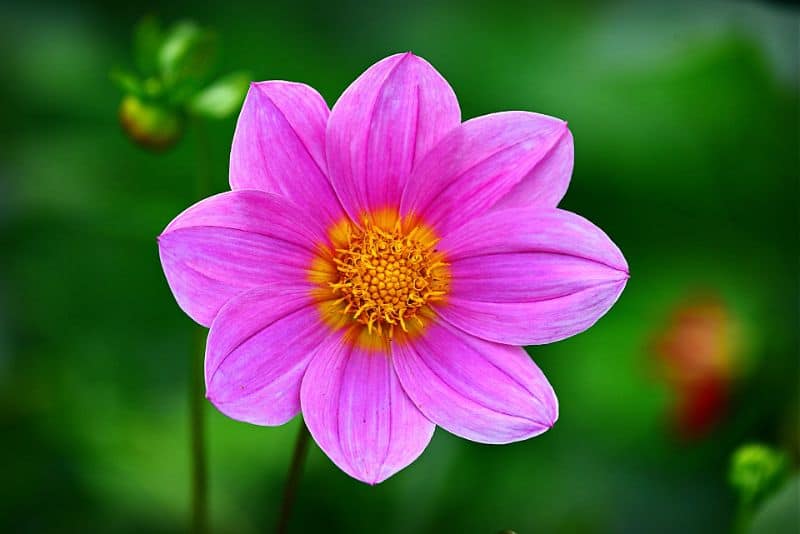
Cosmos offer beautiful, daisy-like flowers that attract butterflies and bees. These annuals love warm weather, thriving when daytime temperatures rise above 60°F. Cosmos can be directly sown into the garden early in March in USDA zones 8-10. Varieties like ‘Sensation’ or ‘Cupcake’ are low-maintenance and produce an abundance of colorful blooms.
Zinnias
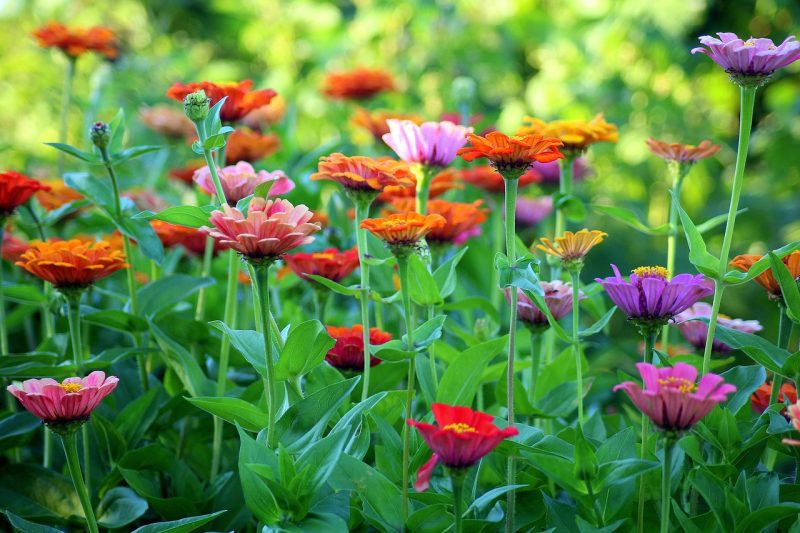
Zinnias flourish with full sun and love warm weather. Plant them in rich, well-drained soil, preferring temperatures that reach around 70°F to 85°F. In USDA zones 9-10, zinnia seeds can be directly sown in March. Choose bold varieties like ‘Zahara’ or ‘Benary’s Giant’, which are hardworking annuals producing vibrant, pollen-rich flowers throughout the summer.
Sweet Peas
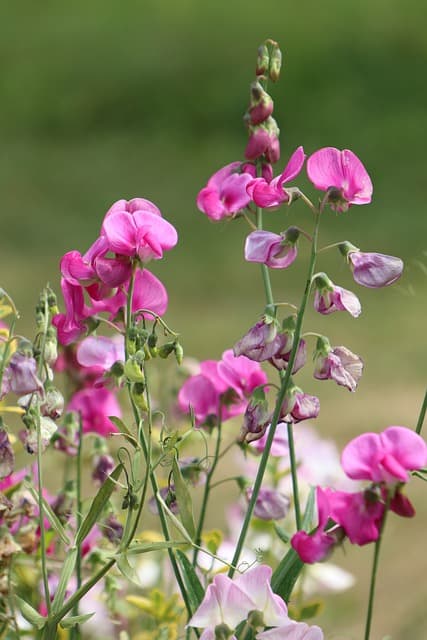
For those looking to add vertical interest and fragrance to their garden, sweet peas are an excellent option. They prefer cooler growing temperatures of about 50°F to 70°F, making March an ideal month for planting in USDA zones 8-10. You can sow seeds directly into the ground or start them indoors. Varieties like ‘Cascadia’ and ‘Old Spice’ are known for their charming blooms and delightful scent.
Snapdragons
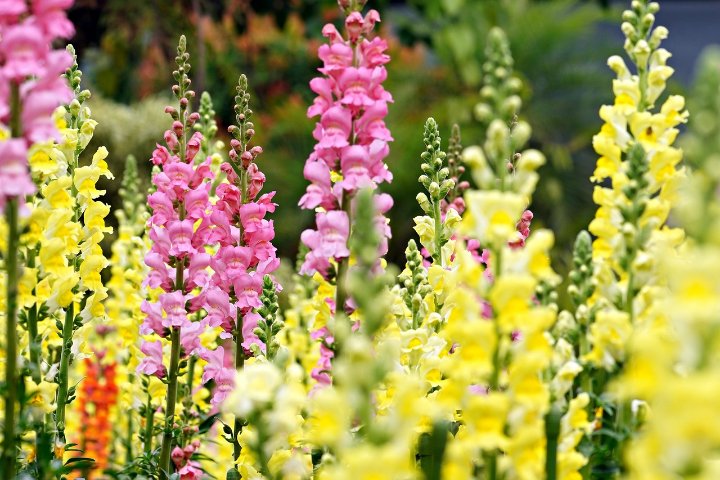
Snapdragons are particularly great for planting in early spring when temperatures are still mild. They thrive in cooler weather and grow well at temperatures between 55°F and 70°F. Gardeners in USDA zones 8-10 can sow seeds directly in March or transplant established seedlings. Look for varieties such as ‘Rocket’ or ‘Bristol’ that provide height and color to your garden beds.
Petunias
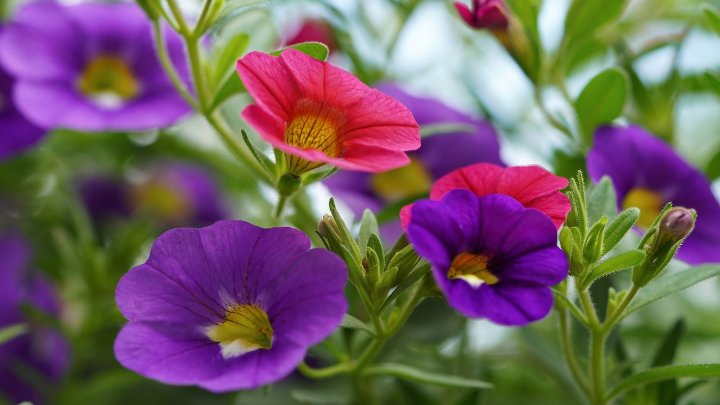
Petunias are renowned for their vibrant blooms and ability to thrive in sunny conditions. They prefer warmer temperatures of about 60°F to 80°F and can be directly sown or transplanted in March in USDA zones 9-10. Varieties like ‘Wave’ or ‘Supertunia’ are popular for their prolific flowering and variety of colors.
Phlox
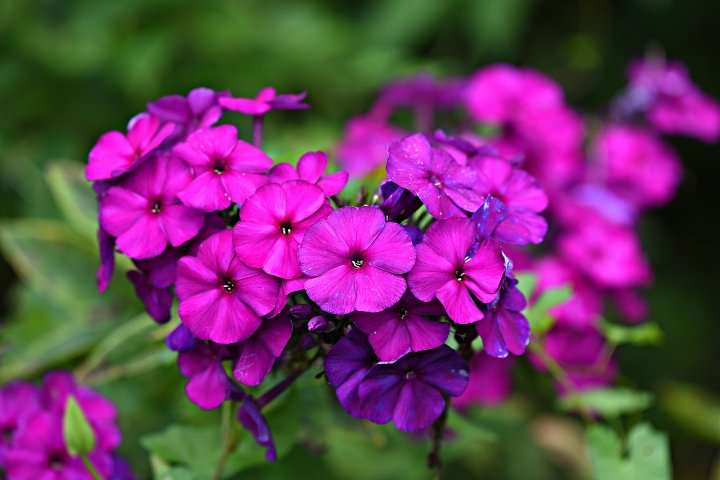
Phlox are attractive perennial flowers that dazzle in a variety of colors. They prefer moderate temperatures and well-drained soil, thriving in temperatures of 60°F to 70°F. Phlox can be planted in March in USDA zones 5-10. Varieties such as ‘David’ or ‘Daisy Mae’ produce prolific blooms, perfect for attracting pollinators to your garden.
Dianthus
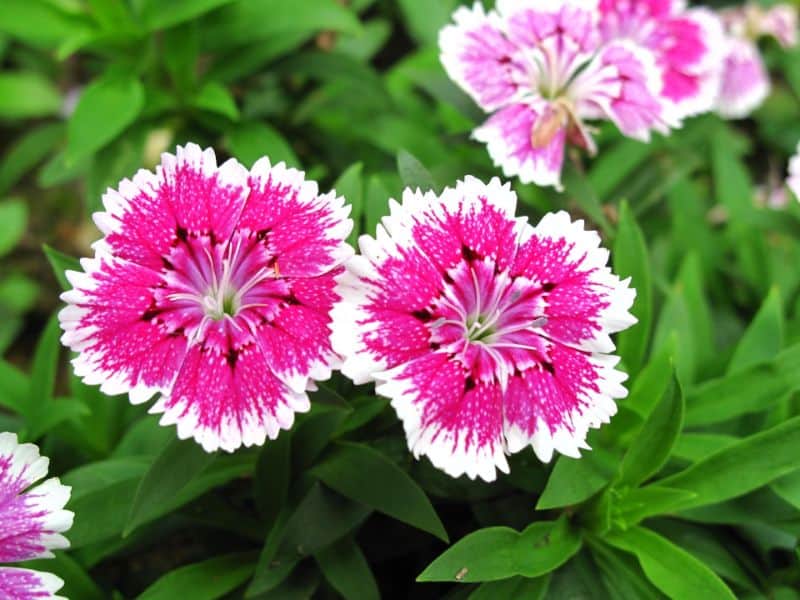
Dianthus, or sweet William, is a hardy perennial flower with a fragrant, clove-like scent. They prefer cooler conditions and well-drained soils, flourishing at temperatures between 55°F and 70°F. March is an excellent time to plant them in USDA zones 5-9. Varieties like ‘Pink Kisses’ and ‘Cheddar Pink’ provide blooms in stunning shades of pink and red.
Rudbeckia
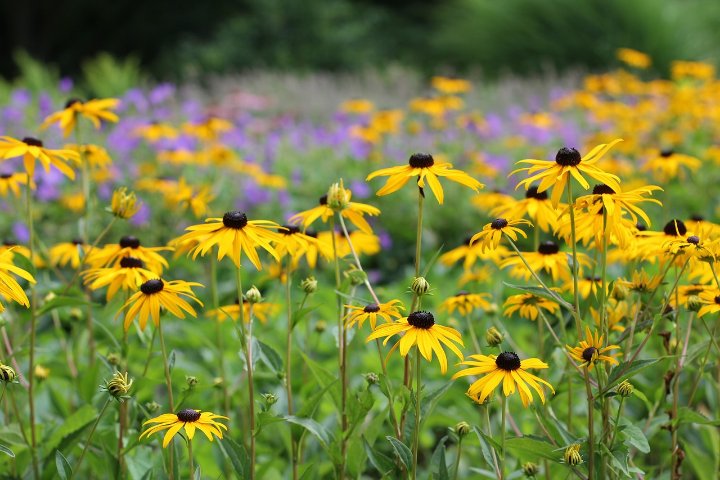
Rudbeckia, also known as black-eyed Susans, are resilient perennials that create a stunning display in the garden. They thrive in sunny locations and prefer temperatures between 60°F and 80°F. March is a great time to plant young seedlings in USDA zones 3-10. Varieties like ‘Goldsturm’ are celebrated for their cheerful yellow petals and dark centers, attracting a variety of pollinators.
Pansies
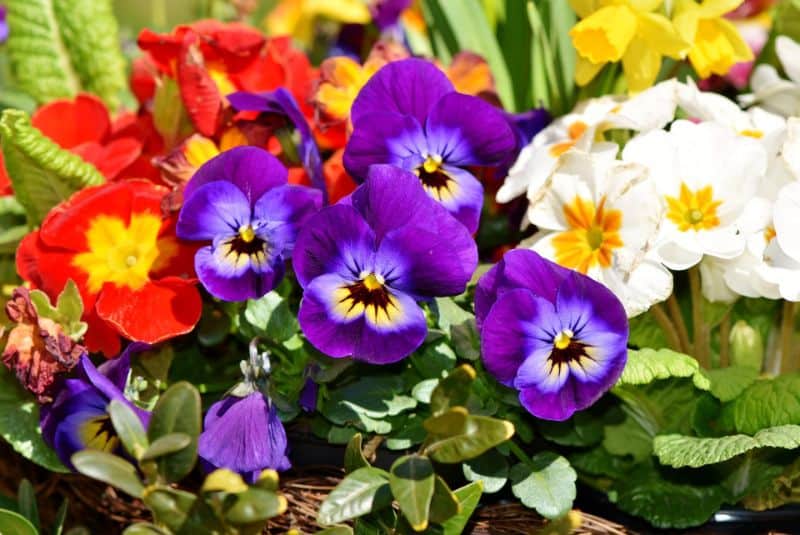
Pansies are cheerful, resilient flowers that bring a splash of color to early spring gardens. They flourish in cooler temperatures and can tolerate frost, making them ideal for early planting in March throughout USDA zones 6-10. Varieties like ‘Cool Wave’ or ‘Matrix’ produce a stunning array of colors, perfect for gardens, containers, or window boxes.
Herbs To Plant
Growing herbs in March allows you to enjoy fresh flavors right from your garden as the temperatures warm up. Herbs can be grown in pots or directly in the ground, and many thrive in California’s sunny climate. Here’s a list of ten herbs to plant in March.
Basil
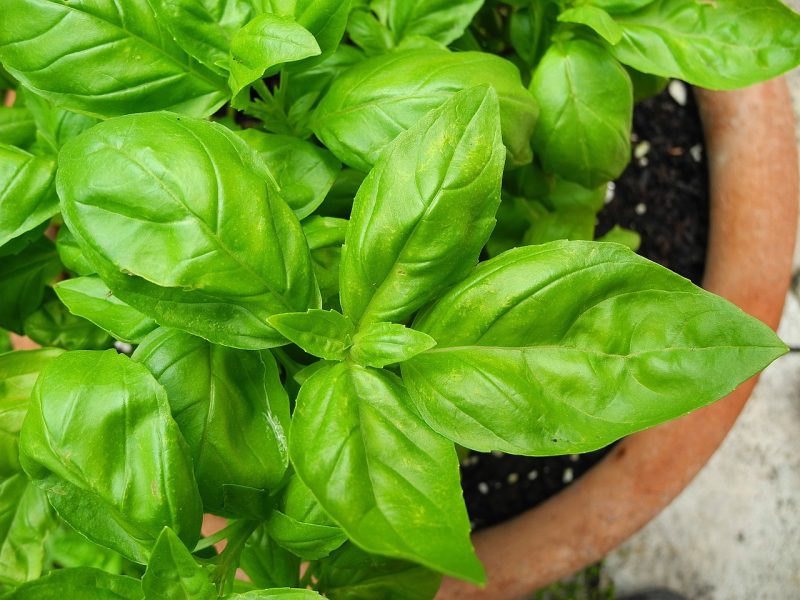
Basil is a popular culinary herb that loves warm weather. It prefers temperatures between 70°F to 90°F and is sensitive to frost. In USDA zones 9-10, you can start seeds indoors in February and transplant them outside in late March. Varieties such as ‘Genovese’ or ‘Thai basil’ will thrive in full sun and well-drained soil.
Chives
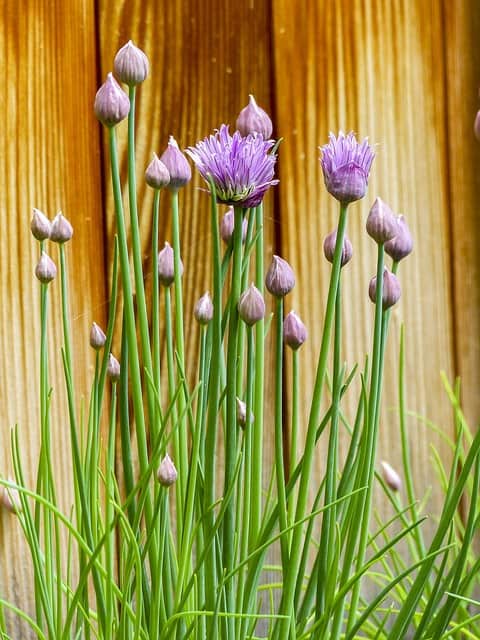
Chives are a hardy perennial herb that can thrive in various conditions. They prefer cooler temperatures between 55°F and 75°F, so March is a great time to sow seeds directly in the ground in USDA zones 3-10. Chives grow well in well-drained soil and full sun, producing flavorful green shoots that can enhance a variety of dishes.
Cilantro
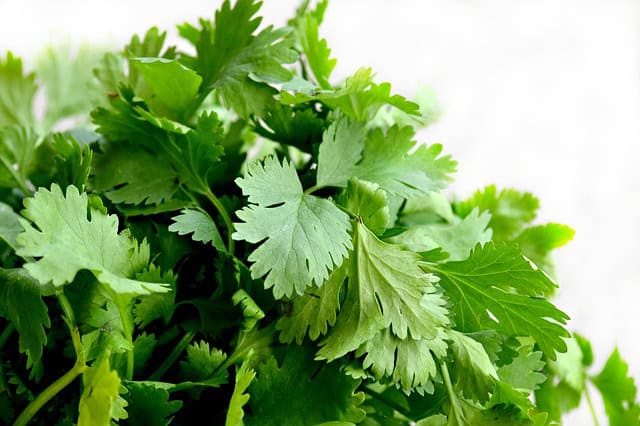
Cilantro is a cool-season herb that should be planted early in spring. It prefers moderate temperatures around 60°F to 70°F and can tolerate light frost. In USDA zones 5-10, March is perfect for sowing seeds directly in the garden. Varieties like ‘Santo’ or ‘Coriander’ grow quickly and can be harvested in as little as three weeks.
Dill
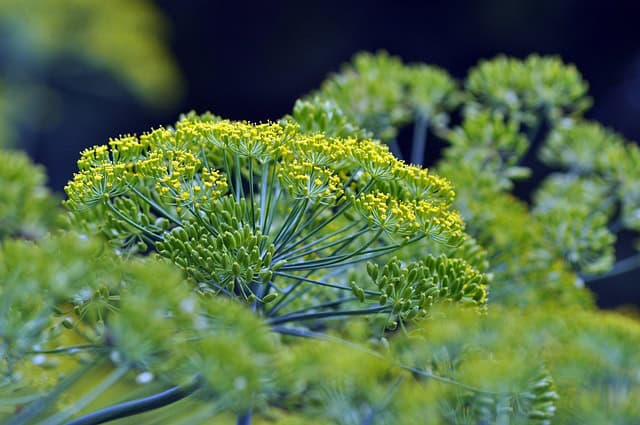
Dill is an aromatic herb that flourishes in sunny spaces. It prefers temperatures between 60°F to 75°F, making March suitable for sowing seedlings in USDA zones 5-10. Dill can be direct-seeded into your garden bed or container. Popular varieties include ‘Bouquet’ or ‘Fernleaf’, which are not only delicious but also attract beneficial pollinators.
Oregano
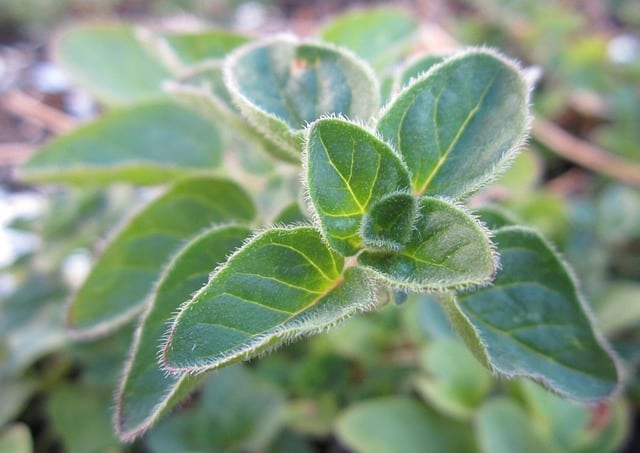
Oregano is a perennial herb known for its robust flavor. It thrives in well-drained soil and enjoys warm weather, with temperatures ranging from 70°F to 80°F preferred during the growing season. In USDA zones 9-10, March is an ideal time to start oregano from seeds or seedlings. Varieties such as ‘Greek’ or ‘Italian’ can add flavor to various dishes while also attracting pollinators.
Thyme
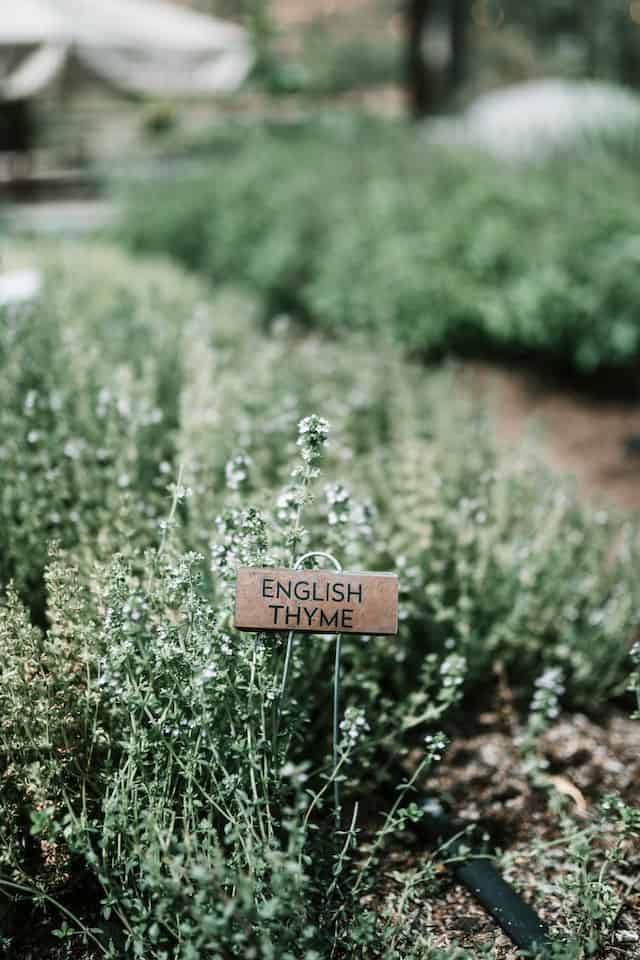
Thyme is a versatile herb that adds depth to numerous dishes. It is a perennial herb, flourishing in full sun and well-drained soil. Thyme enjoys temperatures between 65°F to 75°F, so planting seedlings or seeds in March in USDA zones 3-10 ensures healthy growth. Varieties like ‘English’ or ‘Lemon Thyme’ are popular for their distinct flavors.
Parsley
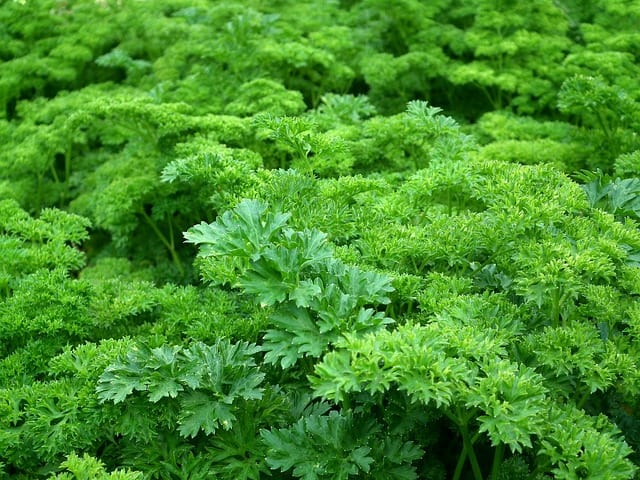
Parsley is a biennial herb, often grown as an annual, and is tolerant of cooler temperatures. It thrives well at approximately 60°F to 70°F. In USDA zones 5-9, you can start sowing seeds directly in the garden in March. Flat-leaf varieties like ‘Giant of Italy’ or ‘Curly Leaf’ are common choices, providing culinary versatility.
Mint
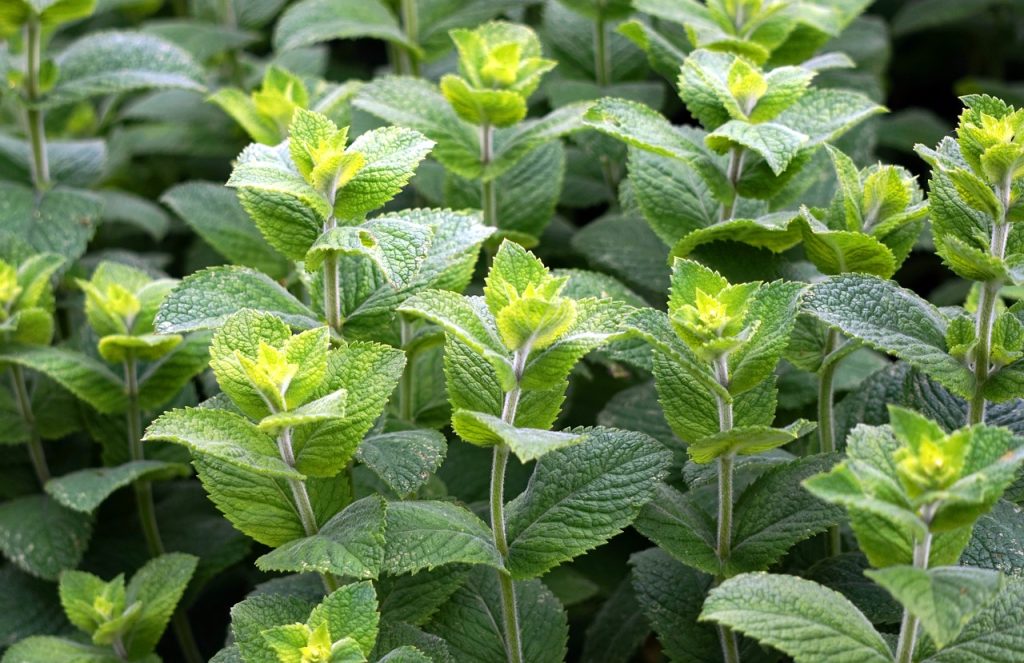
Mint is a vigorous perennial herb known for its fresh flavor. It prefers moderate temperatures of around 60°F to 70°F and loves moisture. March is suitable for planting mint seeds or seedlings in USDA zones 5-10. Varieties like ‘Peppermint’ or ‘Spearmint’ can quickly take over a garden, making them great for containers.
Sage
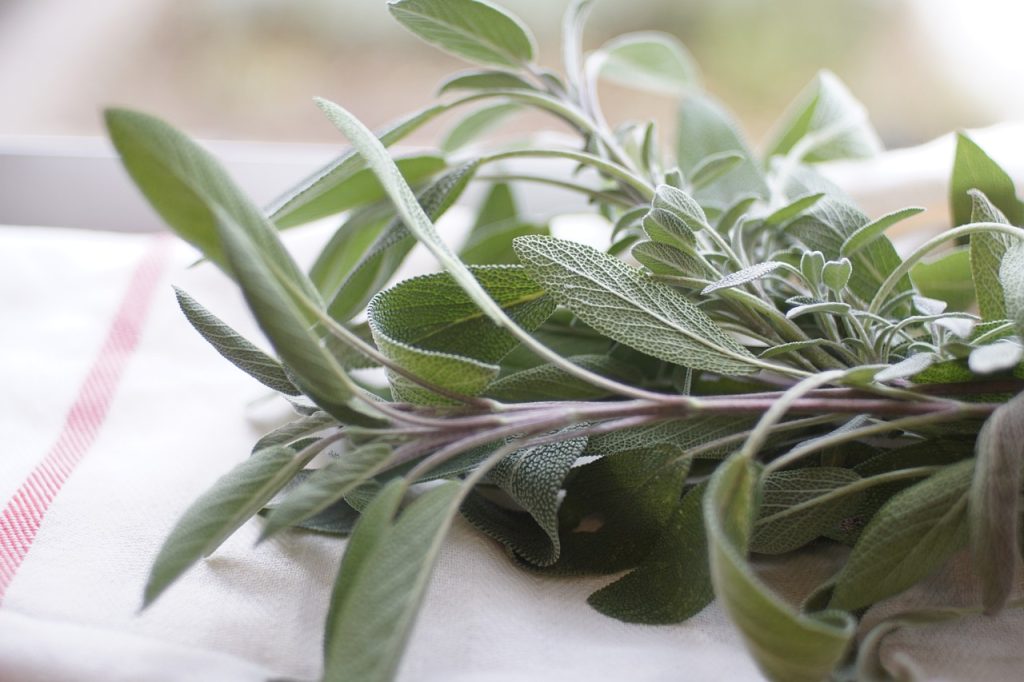
Sage is a hardy perennial that enjoys sunny conditions and well-drained soil. It thrives at temperatures around 70°F. In USDA zones 5-10, March is a perfect month to plant sage from seedlings. Look for varieties such as ‘Berggarten’ or ‘Salvia officinalis’ for their robust flavors and beautiful foliage.
Fennel
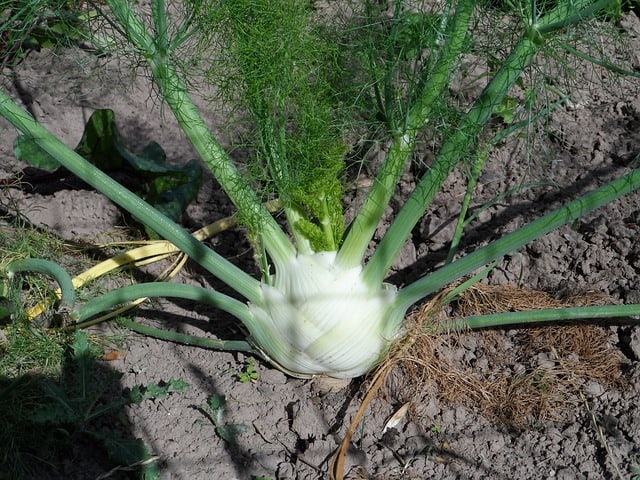
Fennel is a flavorful herb that can flourish in warmer temperatures around 70°F to 80°F. Plant fennel seeds directly in the garden in March in USDA zones 5-10 for a summer harvest. Varieties like ‘Florence’ can be especially rewarding, as the bulbs are deliciously sweet and versatile in the kitchen.
Landscape Plants To Plant In March
March also serves as a perfect time to plant various landscape plants in California. These selections will not only enhance your garden’s aesthetic but also contribute to biodiversity and sustainability. Below are ten landscape plants suitable for planting in March.
Lavender
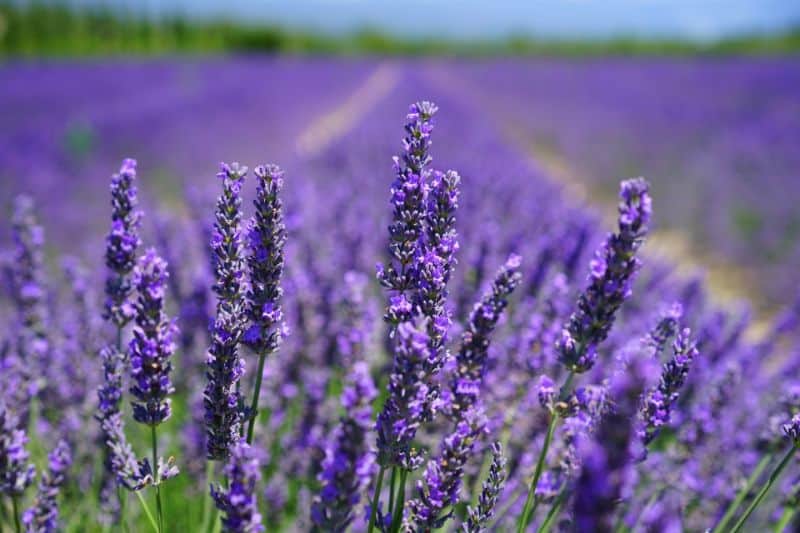
Lavender is a perennial favorite in California gardens, known for its fragrant flowers and drought-tolerant properties. Preferring well-drained soil and full sun, lavender thrives at temperatures around 70°F to 80°F. In USDA zones 5-10, March is an excellent time to plant lavender; ‘English Lavender’ and ‘French Lavender’ are popular varieties that offer aesthetic beauty and aromatics.
Salvia
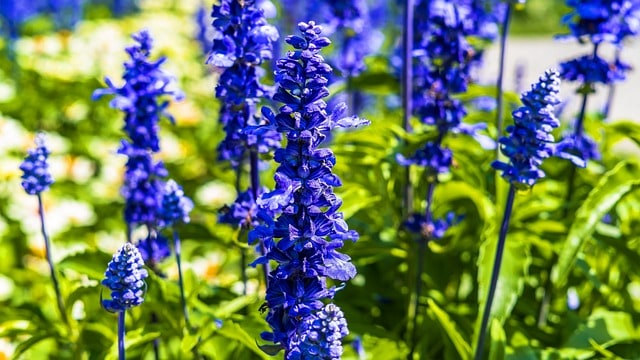
Salvia is a versatile perennial that attracts hummingbirds and bees to your garden. With a preference for sunny spots and well-drained soil, salvia thrives in temperatures between 60°F to 80°F. In USDA zones 5-10, March is suitable for planting varieties such as ‘Salvia nemorosa’ or ‘Autumn Sage’, known for their vibrant flowers and hardy nature.
California Poppy
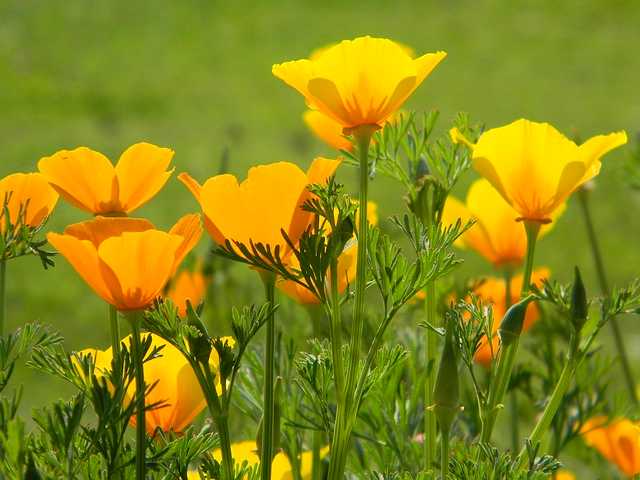
The California Poppy is the state flower and an excellent option for native gardens. They prefer well-drained soil and full sun, flourishing in temperatures between 60°F and 75°F. Sowing seeds directly in March in USDA zones 8-10 results in beautiful golden blooms through the early summer months.
Agapanthus
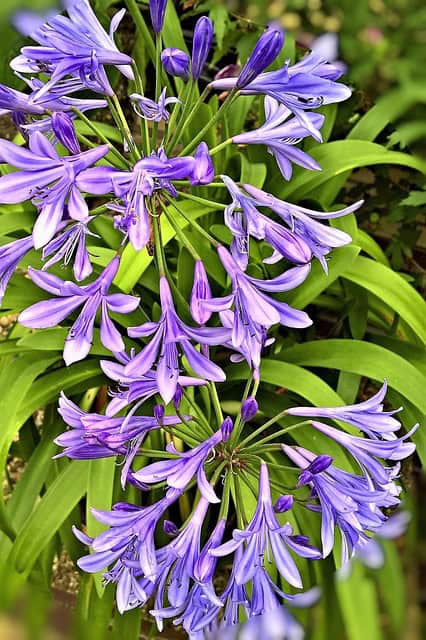
Agapanthus is a striking perennial known for its beautiful blue or white globe-like flowers. Thriving in full sun and well-drained soil, Agapanthus prefers temperatures around 65°F to 85°F. Planting established plants or bulbs in March is ideal in USDA zones 8-10. Varieties such as ‘African Lily’ can become a focal point in your garden landscape.
Ornamental Grasses
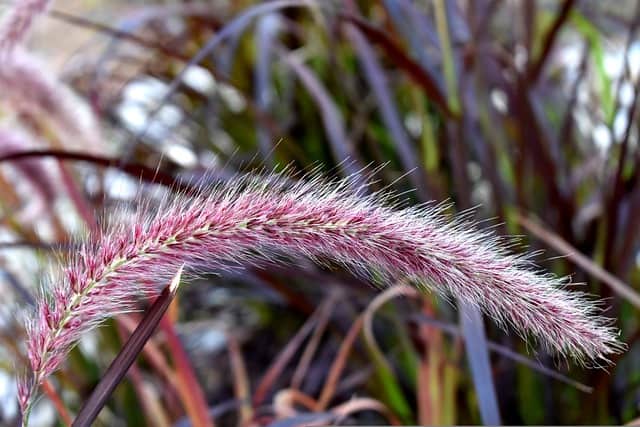
Ornamental grasses like ‘Mexican Feather Grass’ or ‘Blue Fescue’ add interest and texture to your landscape. They prefer well-drained soil and full sun. Planting in March is encouraged in USDA zones 8-10, as these grasses can endure drought conditions and require minimal maintenance.
Camellias
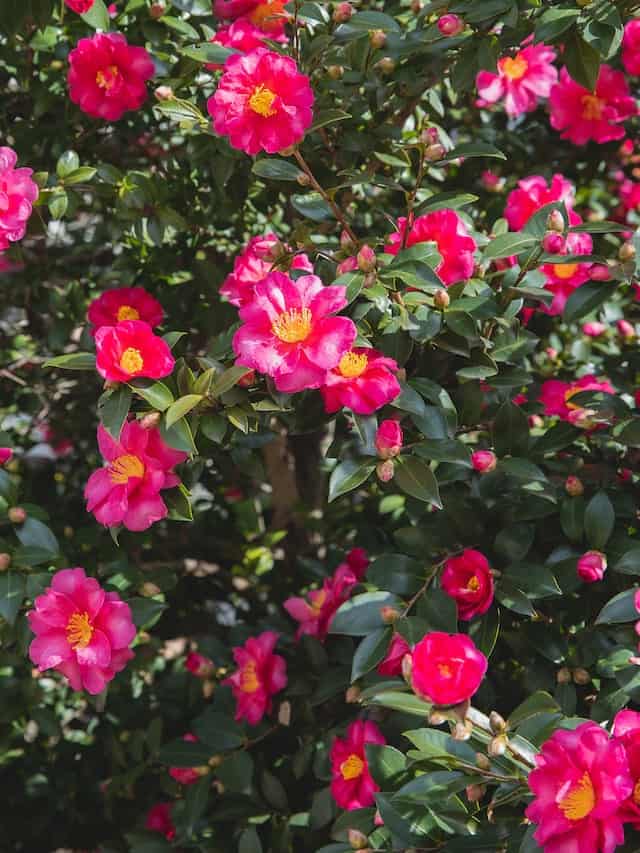
Camellias are evergreen shrubs that bloom in winter or early spring, providing beauty to your landscape. They thrive in partial shade and well-drained, acidic soil. In USDA zones 7-9, planting in March will encourage growth and blooming in the coming months. Varieties like ‘Camellia japonica’ are especially popular for their stunning flowers.
Fuchsia
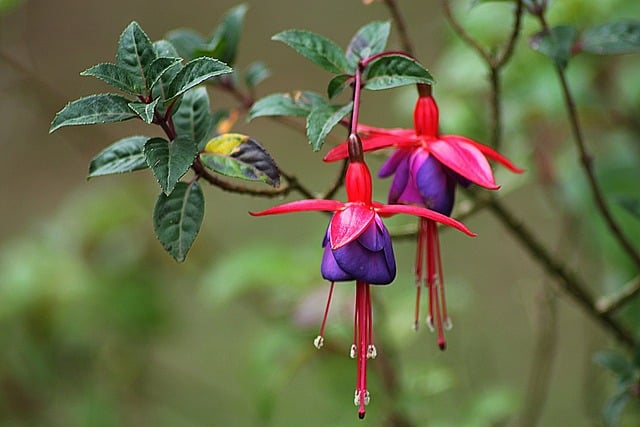
Fuchsia is known for its vibrant, drooping flowers that attract hummingbirds and other pollinators. They prefer cooler temperatures and partial shade. In USDA zones 9 to 10, planting fuchsia in March allows it to establish roots, flourishing through spring and summer. Look for varieties like ‘Fuchsia magellanica’ for stunning colors.
Hellebores
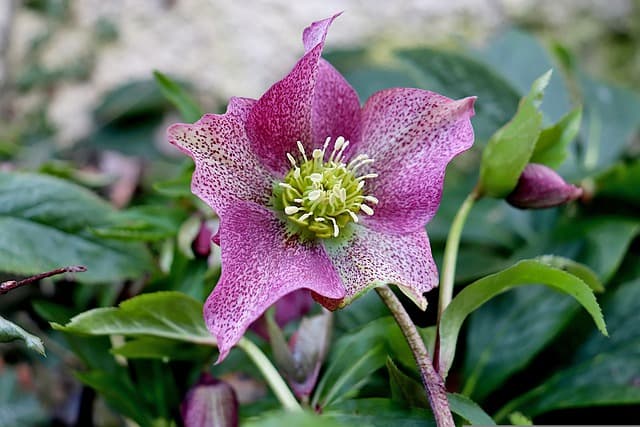
Hellebores are early bloomers that add life to the garden during the cooler months. They prefer partial to full shade and thrive in well-drained soil. Planting established plants in March is suitable in USDA zones 4-9. Varieties such as ‘Lenten Rose’ boast captivating blooms that can continue into early summer.
Yarrow
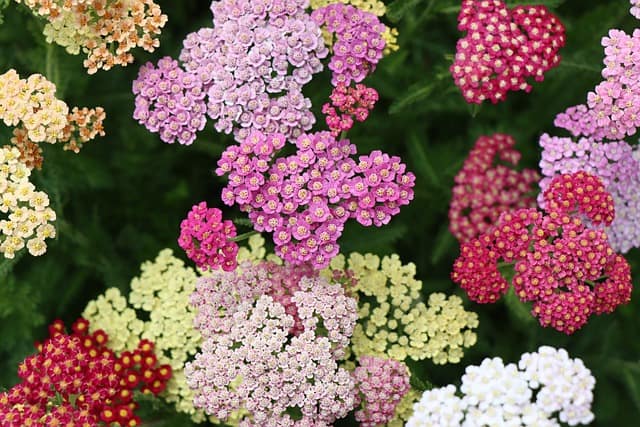
Yarrow is a hardy perennial known for its feathery foliage and flat-topped clusters of flowers. It thrives in sunny locations and well-drained soil, preferring temperatures between 60°F and 80°F. Planting yarrow in March is ideal in USDA zones 3-10. Varieties like ‘Achillea millefolium’ provide medicinal benefits and attract pollinators.
Crape Myrtle
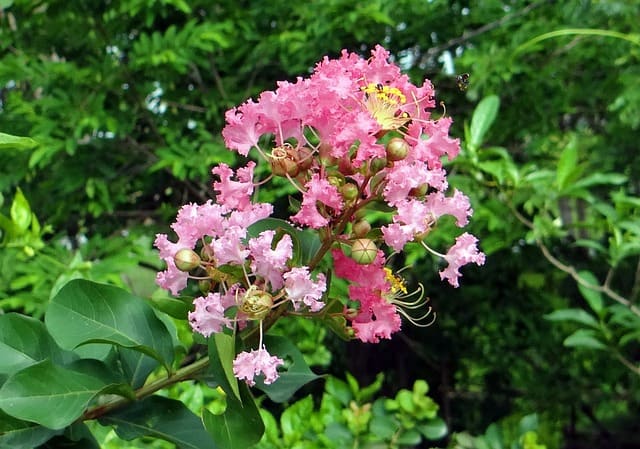
Crape Myrtles are deciduous trees known for their long-lasting blooms and attractive bark. They prefer full sun and well-drained soil, thriving in warmer temperatures between 70°F and 90°F. In USDA zones 7-10, March is suitable for planting young crape myrtles. Varieties like ‘Natchez’ are particularly popular for their striking white flowers and vibrant autumn foliage.
FAQ
What is the best time to plant in California?
The best time to plant in California varies significantly by region, primarily determined by your USDA zone. Generally, fall and spring are recommended for many plants. Early spring (March) is ideal for many vegetables, flowers, and herbs as temperatures rise and frosts decrease.
Can I plant seeds directly into the ground in March?
Yes, many vegetables and flowers can be directly sown into the ground in March, especially in warmer regions of California. However, check the specific planting guidelines for each type of seed, as some may require starting indoors or in a greenhouse before transplanting.
How do I prepare my soil for planting?
Soil preparation involves testing soil pH, removing weeds, and adding organic matter, like compost, to improve soil structure. Ensuring the soil is well-drained is also crucial. You can till your soil to mix in amendments and aerate it for better root growth.
What are the common pests I should watch for in March?
In March, be vigilant for aphids, slugs, and caterpillars as they can start appearing as temperatures rise. Regular inspections, using traps, or employing beneficial insects can help manage these pests.
How can I protect my plants from unexpected frost in March?
If a late frost is predicted, protect young plants by covering them with frost cloths, burlap, or even old sheets. Watering the ground around your plants can also minimize frost damage, as moist soil tends to stay warmer.
Can all herbs and vegetables be planted together?
Certain plants can benefit from companion planting, enhancing growth and pest control. However, some plants do not grow well together. Research individual plant needs, avoid heavy feeders or root competitors, and pay attention to sunlight and moisture requirements.
Conclusion
March is a pivotal month for gardeners in California, providing the perfect opportunity to sow a variety of vegetables, flowers, herbs, and landscape plants. With proper care and understanding of your region’s USDA zone, you can cultivate a vibrant and flourishing garden that brings beauty and nourishment to your home.


